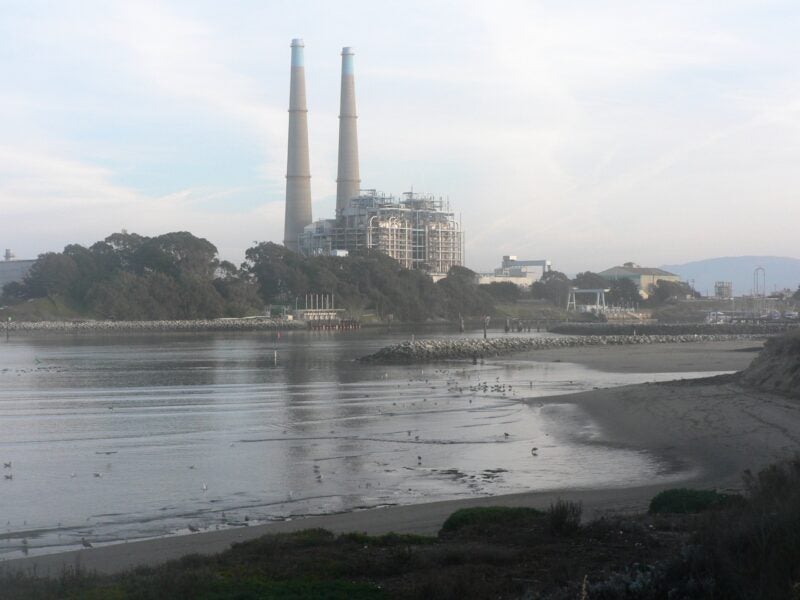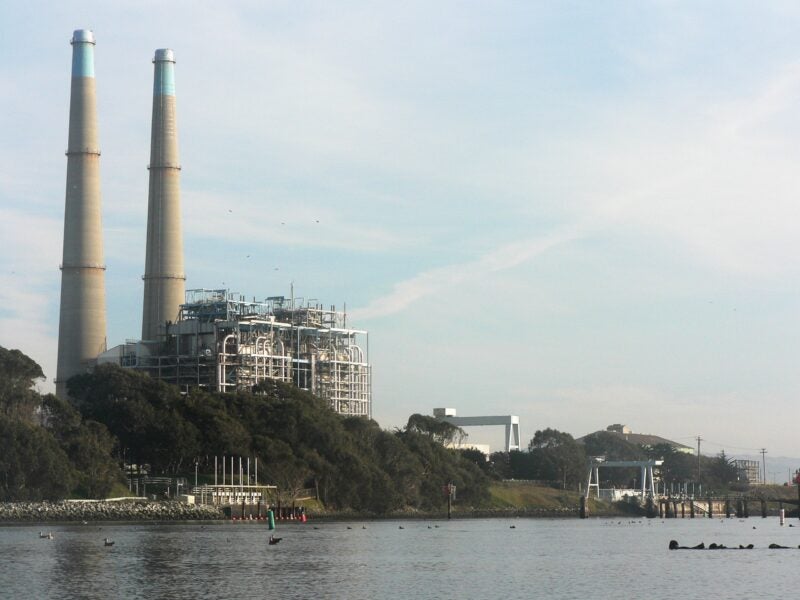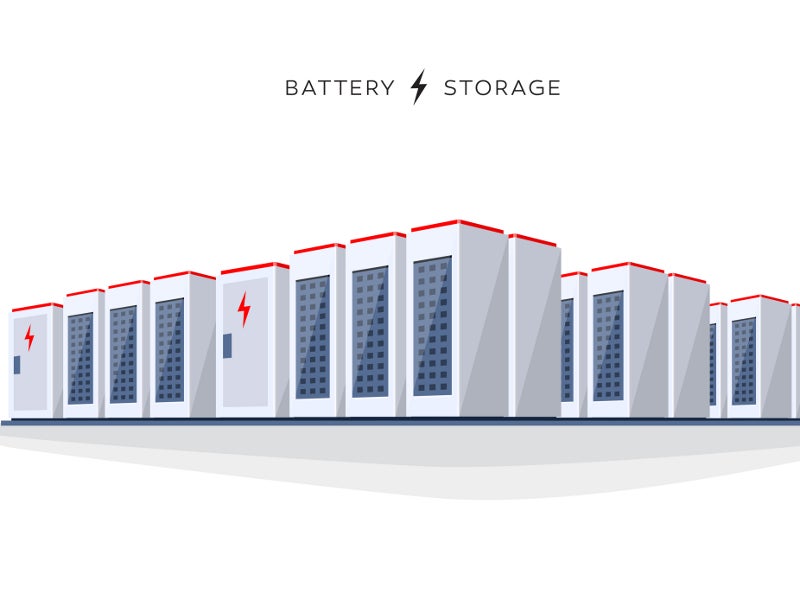The Moss Landing battery storage project is a massive battery energy storage facility built at the retired Moss Landing power plant site in California, US. At 400MW/1,600MWh capacity, it is currently the world’s biggest battery storage facility.
Vistra Energy, an integrated retail electricity and power generation company based in Texas, US, developed the project in two phases under two separate resource adequacy agreements with Pacific Gas and Electric Company (PG&E).
The 300MW/1,200MWh phase one of the Moss Landing battery energy storage system (BESS) was connected to California’s power grid and began operating in December 2020. Construction on the 100MW/400MWh phase two expansion was started in September 2020, while its commissioning took place in July 2021.
An overheating incident, however, affected a few battery modules of the phase one storage facility in the first week of September 2021. Vistra has since then kept the entire facility offline as it investigates the cause of the incident.
Moss Landing BESS project background
The initial development of the project was undertaken by Dynegy Marketing and Trade (Dynegy), which was merged with Vistra Energy in April 2018.
The project is located at the retired Moss Landing gas-fired power plant, which was built by PG&E near Moss Landing Harbor, Monterey County, California, US.
The Vistra BESS project is one of the four battery energy storage projects that PG&E had selected for development within the South Bay-Moss Landing local sub-area.
California Public Utilities Commission (CPUC) had authorised PG&E to hold competitive solicitation for energy storage projects in Pease, Bogue, and South Bay-Moss Landing local sub-areas in the northern Central Valley of California in January 2018.
The CPUC approved a 20-year energy storage resource adequacy agreement (ESRAA) signed between PG&E and Vistra Energy for the 300MW/1,200MWh Moss Landing BESS in November 2018.
Furthermore, Vistra Energy entered a ten-year resource adequacy contract for the 100MW/400MWh Moss Landing BESS phase two expansion with PG&E in May 2020, which was approved by the CPUC in August 2020.
Moss Landing battery storage project make-up
The Moss Landing BESS phase one comprises a 300MW modular, fully integrated, pad-mounted lithium-ion battery energy storage system capable of holding 1,200MWh of electricity. The batteries were supplied by LG Energy Solution and have a discharge duration of four hours.
The Moss Landing BESS utilised the turbine building of the retired power plant for the placement of batteries. It also uses the existing interconnection from the mothballed Moss Landing units six and seven.
The other components of the battery storage project include medium-voltage switchgears, power transformers and underground cable systems, high-voltage circuit breakers, and dead-end structures.
The Moss Landing BESS phase two expansion, which is also called the Vistra Energy Moss100 Energy project, also employs utility-grade lithium-ion batteries from LG Energy Solution in a separate stand-alone building for additional power storage.
Power evacuation from the Moss Landing battery storage facility
The battery energy storage facility is connected to the California Independent System Operator (CAISO) grid via the existing 500kV substation at the Moss Landing power plant.
Contractors involved in the Californian mega battery storage project
Luminant, a subsidiary of Vistra Energy, was engaged in the construction of the Moss Landing phase one battery storage project.
Fluence, a global energy storage technology and services specialist based in the US, was the engineering contractor for the project. Fluence is a joint venture between Siemens and AES Corporation and was launched in January 2018.
Burns & McDonnell, an engineering and construction company based in Missouri, US, was the engineering, procurement, and construction (EPC) contractor for the Moss Landing phase two.
LG Energy Solution (LGES), a lithium-ion battery manufacturer based in South Korea, supplied batteries for both phases of the Moss Landing energy storage project.





